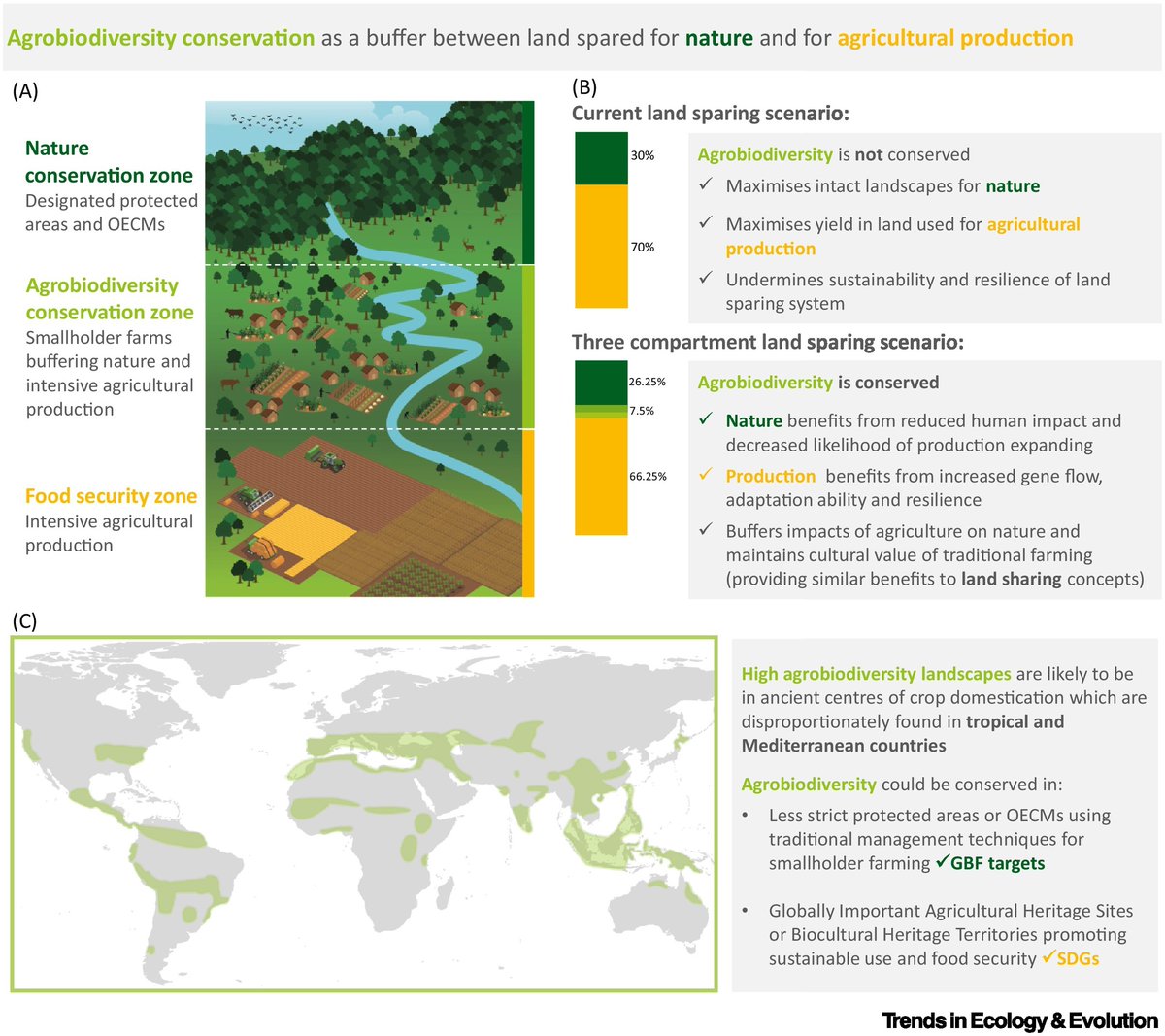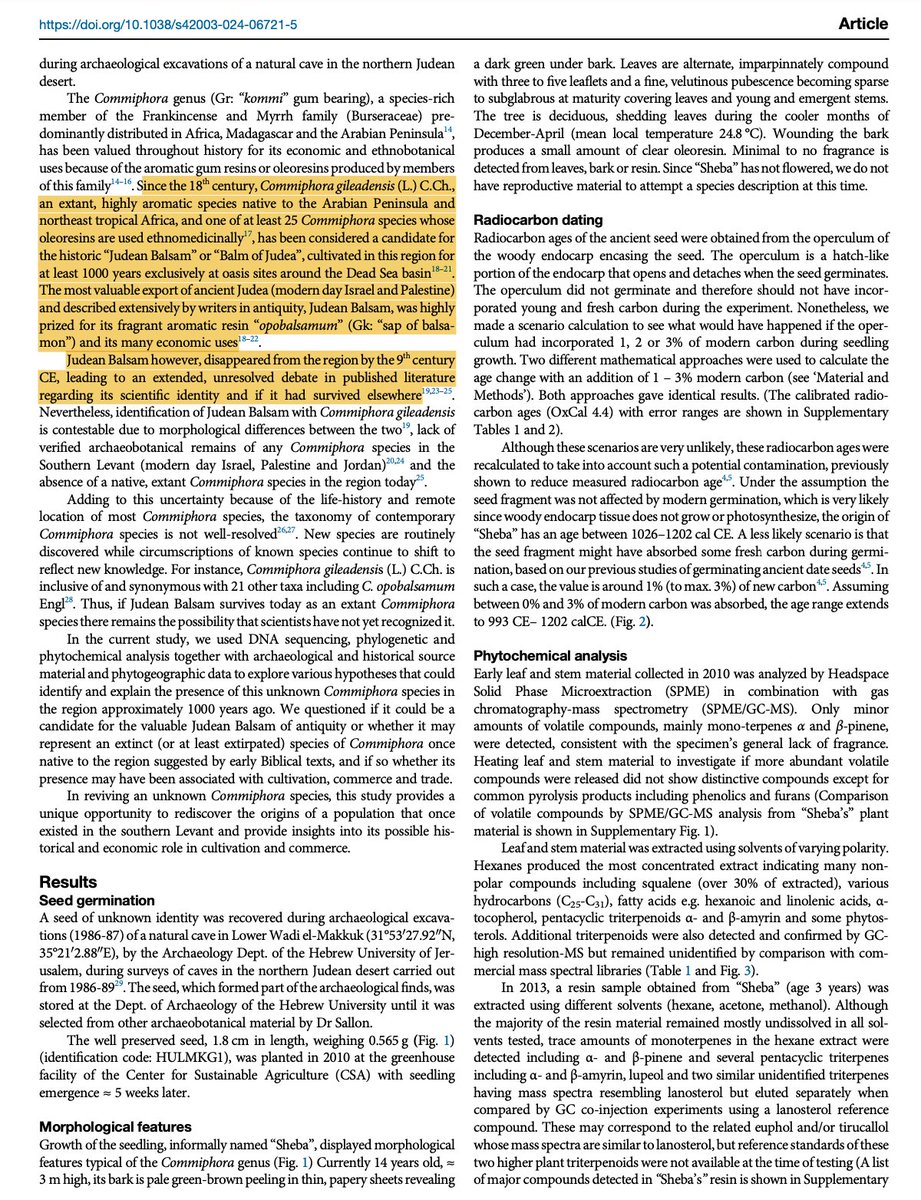
Prof Richard Buggs
@rjabuggs
Senior Research Leader (Plant Health and Adaptation) @KewGardens & Professor of Evolutionary Genomics @QMUL
ID: 354472005
https://www.kew.org/science/our-science/people/richard-j-a-buggs 13-08-2011 19:39:03
8,8K Tweet
4,4K Followers
3,3K Following
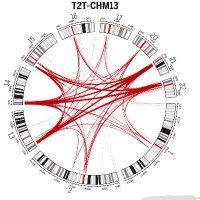

new paper with Jeremy Beaulieu nph.onlinelibrary.wiley.com/doi/10.1111/np…
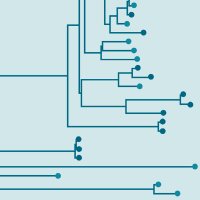
Renowned #Evolutionary biologist and 2014 Darwin-Wallace medal winner Dolph Schluter has written a perspective titled “Variable success in linking micro and macroevolution” as part of our Special Issue on Adaptive Radiation! Follow the 🧵to find out more: academic.oup.com/evolinnean/adv…




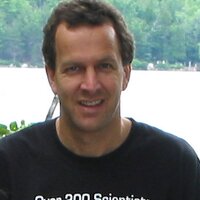





Tomorrow a talk "that challenges traditional views of evolution having a purely tree-like history" will be given The Linnean Society of London by James McInerney, Head of the Department of Evolution, Ecology and Behaviour University of Liverpool members.linnean.org/events/6692a69…

Latest from Sophie Jago and Dr James Borrell Kew Science in Trends in Ecology & Evolution "Agrobiodiversity conservation enables sustainable and equitable land sparing" cell.com/trends/ecology…
